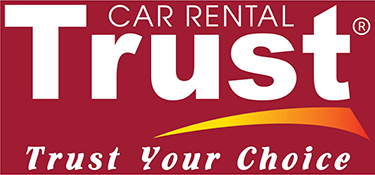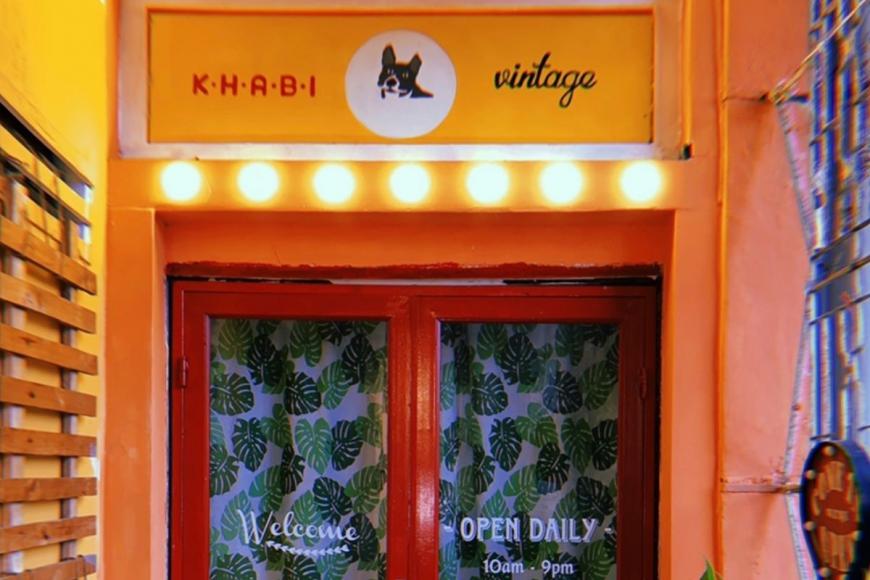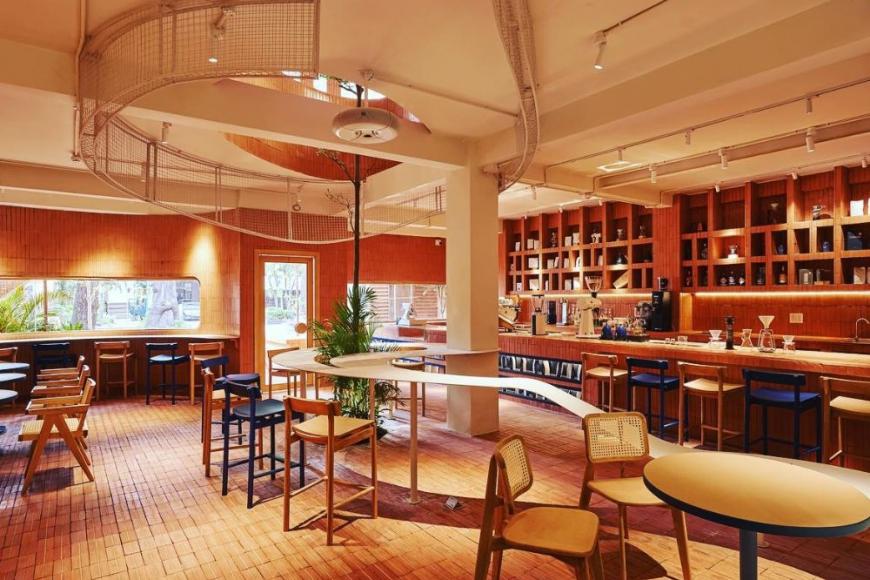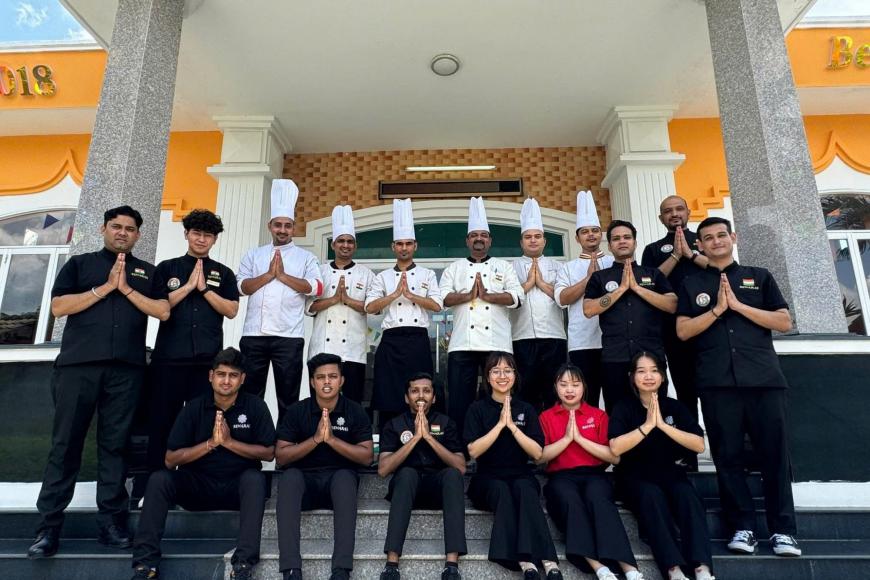- Nha Trang Travel Information
- Muine Travel Information
- Hue Travel information
- Cantho travel information
- Sapa travel information
- Ha Giang Travel Guide
- Ninh Binh Travel Information
- Quy Nhon Travel Information
- Vietnam Travel Information
- Hoian Travel Guide
- Vung Tau Travel Information
- Quang Binh Travel Information
- Phu Quoc Travel Information
- Ha Tinh Information
- Ca Mau information
- Quang Ninh Travel Information
- Tay Ninh Travel information
- Hoian travel guide
- Tien Giang travel guide
- Con Dao Travel information
- Ninh Thuan information
- Moc Chau information
- Danang Vietnam Travel Information
- Hanoi Travel Information
- Ho Chi Minh Travel Information
- Dalat Travel Information
The Ho Chi Minh' Serect Underground House In The Vietnam War
The Ho Chi Minh' serect underground house in the Vietnam war time of the passageways and compartments may be found throughout the world, but it’s hard to think of anywhere else where underground tunnels and cellars have been put to such extensive or indeed effective wartime use as Ho Chi Minh City.
Which makes it all the more surprising that, in this age of mass tourism, such a prime touristic resource remains unexploited.
The story of Vietnamese reliance on underground hideouts during the struggle for independence may be traced back to the period immediately after World War II, when the French returned to Saigon (Ho Chi Minh city Vietnam today), driving Viet Minh forces into the hinterland.
In the years that followed, the revolutionary command in the south came up with an ingenious solution to the problem of concealing their activities from French eyes – hiding men and weapons underground.
The prototype for many subsequent revolutionary tunnel complexes was the Phu Tho Hoa Tunnels in Saigon northwest suburb of Tan Phu district today, where, early in 1947,Vietnam’s first network of interconnected underground caverns was dug beneath cassava fields to serve as a guerilla base and storage facility.
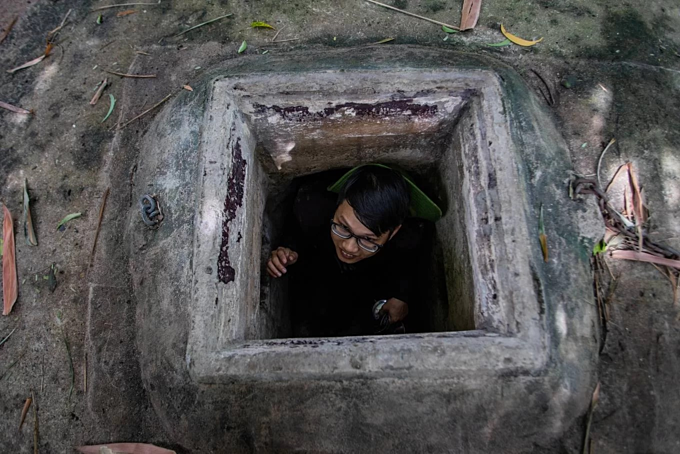
Packed with weapons, food and medical supplies, they played a crucial role in the First Indochina War. However, their close proximity to the French high command in Saigon proved something of a mixed blessing and revolutionary activity soon switched to the more remote Cu Chi tunnels underground base, construction of which had got underway soon after the completion of the Phu Tho Hoa tunnels complex.
The development of the Cu Chi tunnels after 1962 and of residential tunnel networks at Vinh Moc tunnels, Vĩnh Linh tunnels village, Mụ Giai and Kỳ Anh in the heavily-bombed “DMZ” after 1965 is of course the stuff of legend.
Yet few people realise that Ho Chi Minh City is also home to an extraordinary network of secret cellars, which were dug under residential buildings from the late 1940s onwards to serve as covert printing houses, weapons stores or safe houses.
Covert publishing.
The Ho Chi Minh' serect underground house in the Vietnam war time.
Propaganda was crucial to the success of the revolution, and both the Việt Minh and later the National Liberation Front (NLF) went to great lengths to keep the population informed about events in the north.
Built to replace an earlier and less secure cellar under a house near Bà Chiểu Market in Binh Thanh district today, Secret Cellar “B” (122/351 Ngô Gia Tự street, district 10, Ho Chi Minh) was dug under cover of darkness between February and May 1952 by a team of operatives led by Ha Minh Lan, who set up a shrine-making business as daytime cover for the operation.
Highly sophisticated in both design and construction, the cellar housed a covert printing press that functioned for over five years, publishing in leaflet form the latest news transcribed from northern radio broadcasts.
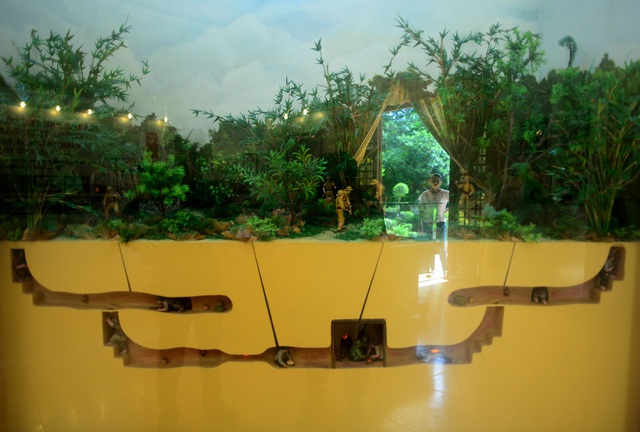
The cellar was abandoned in December 1957 for security reasons and decommissioned in 1959 by stuffing it with soil-filled containers that preserved the structure intact until after Reunification.
As the insurgency gathered pace in the early 1960s, several other covert printing presses were set up in the city. One of these, the Secret Printing Cellar of the Chinese-language Propaganda and Training Committee in Chợ Lon (China town today), was originally established at 81 Gò Công.
However, after several years of operation that address was deemed insecure, so in mid-1965 it was relocated to a quiet back-alley house at 341/10 Gia Phú in District 6 today. An 11-member NLF team, once more posing as a family, dug two cellars below the house and installed printing machinery.
Metal stamping machinery was also acquired to manufacture school bag locks above ground as cover and drown out the clatter of the printing press below their feet. The underground printing press on Gia Phú operated without discovery until 1970, when it moved to another location.
Weapons storage.
The NLF also dug numerous secret cellars to store weapons and explosives brought from rural bases such as Cu Chi area, particularly in the run-up to the 1968 Tết Offensive. One of the earliest examples was dug in 1965 by shoemaker and seasoned revolutionary Đỗ Văn Căn under his house at 183/4 3 Tháng 2.
Over the four-month period from July to October 1965, Căn secretly collected 50kg of explosive and detonators, 50 grenades, seven AK47 sub machine guns, several pistols, 21,000 bullets and a number of other items of weaponry from a warehouse in An Đông market (near China town today), transporting them back to his house concealed in bales of rubber.They were stored in his secret cellar until January 1968, when plans were made to use them in an attack on the city Police Headquarters. However, the operation was aborted and the weapons and explosives remained undiscovered in the cellar.
In April 1975, as PLA forces approached Sài Gòn, they were unpacked and prepared for an attack on the nearby nearby ARVN barracks, “Camp Lê Văn Duyệt.” However, the Sài Gòn government surrendered before the attack could take place.
Unlike the munitions in the cellar on 3 Tháng 2, those stashed beneath the house at 287/70 Nguyễn Đình Chiểu street did see combat. Early in 1967 the house’s owner, NLF operative Trần Văn Lai, dug two cellars underneath the house and from June 1967 onwards, pistols, rifles, grenades and over 350kg of TNT were transported there in hollowed-out boxes and specially-adapted wickerwork baskets and plant pots.
On the evening of 30 January 1968, the 19-strong Special Forces Team 5 collected them and launched an attack on the heavily-defended south gate of the Independence Palace. The attack failed and all of the team members lost their lives, but despite a subsequent search of the address, the secret cellar was never discovered.
Some of the secret cellars established in Saigon and Cho Lon (Chợ Lớn today) during the 1960s were intended not as printing houses or munitions stores, but rather for concealing revolutionary activists.
In 1963 a Chợ Lớn businessman known as Lưu Vinh Phong purchased a house at 91 Phạm Văn Chí street, right opposite the District 6 Police Station and Courthouse. He then proceeded to dig a secret cellar under the floor and also created a secret compartment behind a false wall at mezzanine level to hide revolutionary cadres.
From late 1967, many members of the National Chinese Language Committee of the South were successfully hidden in these two spaces, facilitating preparations for the Tết Offensive of 1968. As with other covert bases in the city, a craft workshop was set up here to provide cover.
Phong Phú Communal House in District 9 won its revolutionary spurs during the struggle against the French – its remote location made it an ideal spot to train revolutionary youth militia groups and assemble supplies, food and weapons for the armed struggle against colonialism.
The Communal House was destroyed by the Việt Minh during a scorched earth campaign in 1948, but it was rebuilt in 1952 and later played a key role, becoming the headquarters of revolutionary forces in the Thủ Đức area.
In 1960 the entire Communal House Association was arrested on suspicion of ties with the revolution. However, they would not be shaken from their efforts and continued to channel money and supplies to revolutionary forces for the duration of the war.
After suffering further damage in 1969, the Communal House had to be rebuilt yet again, this time with a secret cellar underneath a bathroom to hide revolutionary cadres during raids.
Hot-footing it from the palace
Getting there from Ho Chi Minh city central?
Phú Thọ Hòa Tunnels (Khu Di tích Địa đạo Phú Thọ Hòa) at 139 Phú Thọ Hoà, Q Tân Phú are open daily from 7.30am-11.30am and 2pm-5pm.
Secret Cellar “B” – Printing Office of the Patriotic Support Association (Hầm bí mật “B” – Cơ sở In ấn của Hội Ủng hộ Vệ Quốc đoàn) at 122/351 Ngô Gia Tự street, district 10 and the Secret Weapons Hiding Place (Hầm bí mật chứa vũ khí) at 183/4 Ba Tháng Hai, Q 10 may be viewed by special arrangement with the District 10 Office of Culture, Sports and Tourism, 474 Đường 3 Tháng 2, Phường 14, Quận 10, TP.HCM.
Secret Printing Cellar of the Chinese-language Propaganda and Training Committee (Hầm bí mật in tài liệu của Ban Tuyên huấn Hoa vận) at 341/10 Gia Phú, Q 6 and Sài Gòn-Gia Định Special Region Committee Secret Headquarters (Cơ sở bí mật của Thành ủy Sài Gòn-Gia Định) at 91 Phạm Văn Chí, Q 6 may be viewed by special arrangement with the District 6 Office of Culture, Sports and Tourism, UBND Quận 6, 107 Cao Văn Lầu, Phường 1, Quận 6, TP.HCM
Secret Weapons Hiding Place Museum (Bảo tàng Hầm bí mật chứa vũ khí) at 287/70 Nguyễn Đình Chiểu, Q 3 opens Mon-Fri on request from 7.30am-11.30am and 2pm-5pm.
Phong Phú Communal House (Đình Phong Phú) at Khu phố 3, Phường Tăng Nhơn Phú B, Q 9 is open daily from 7am-6pm.
Unification Palace (the former Independence Palace, Dinh Thống nhất) at 135 Nam Kỳ Khởi Nghĩa, Q 1 opens daily at 7.30am-11am, 1pm-4pm, admission 30,000 VND adults, 3,000 VND children.

Hồ Chí Minh City Museum (Bảo tàng Thành Phố Hồ Chí Minh) at 65 Lý Tự Trọng, Q 1, opens daily from 8am-4pm, admission 15,000 VND.
If you are interresting in these secret of Ho Chi Minh underground systems so we also offer a private Ho Chi Minh car rental with driver to ride you around this sightseeing in a day from 59$USD for sedan 5 seat.
Read here for all things must see and do in Ca Mau
Read here for all things must see and do in Tra Vinh
Read here for all things must see and do in Soc Trang
Read here for all things must see and do in Dong Thap
Read here for all things must see and do in Chau Doc
Read here for all things must see and do in Cantho
Read here for all things must see and do in Cai Be and Vinh Long
Read here for all things must see and do in Ha Tien.
Read here for all things must see and do in Phu Quoc
Read here for all things must see and do in Bac Lieu
Read here for top of street foods and drinks in Ho Chi Minh
Read here for top of street foods and drinks in Vung Tau
Read here for top of street foods and drinks in Hue
Read here for top 5 amazing beaches at Hue
Read here for 15 top Vietnamese tropical fruits
Sourse: internet.
other
Saigon Opera House is the perfect destination to enjoy interesting performances and explore unique architecture. With the Western European style, tourists feel that you are in poetic Paris without Saigon city. Don't miss out on an opportunity to visit the Opera House when you come to Ho Chi Minh.
Are you looking for a fashion store with affordable price in Ho Chi Minh? 14 Ton That Dam is the perfect choice for you. Vietnam Trust Car Rental offers some fashion stores at 14 Ton That Dam that you refer. Let's explore it.
Enjoying a cup of Vietnamese coffee is an interesting experience when you travel in Vietnam. Ho Chi Minh city is known for its unique cafe culture with many kinds of cafes from traditional to international blends. You can enjoy delicious cafes at coffee shops in Ho Chi Minh city. These shops offer good drinks and stunning virtual living space, allowing many beautiful photos on the social platform. Refer some best view cafe shops in Saigon in this guide.
Are you looking for the best Cu Chi Indian restaurants in Ho Chi Minh After exploring the Cu Chi Tunnel Tour by private car ? Experience the delicious lunch with your family and friends with the top 4 best Cu Chi Indian restaurants in Ho Chi Minh in this guide. Let’s explore it.
Dam Sen Water Park is one of the best things to visit in Ho Chi Minh. Tourists can play together with kids, friends and explore many entertainment activities here. Each year, Dam Sen Water Park welcomes a large number of local and foreign tourists coming to Ho Chi Minh and choosing a destination for visiting.
